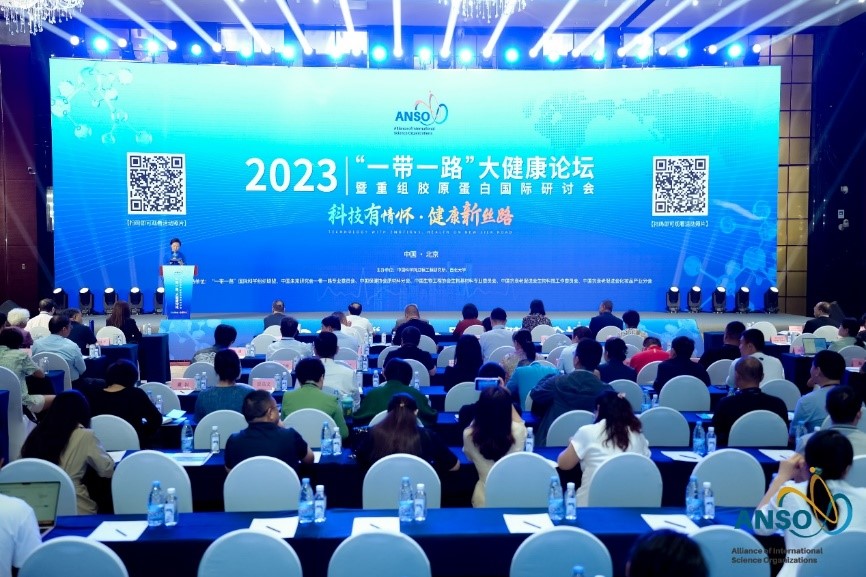There was a time when every winter, as the heating season kicked off in Beijing, my olfactory senses would recoil from the hideous odor of burnt coal in the air, especially during the night.
My post-dinner strolls would turn into deep meditations on the masculine violence of technology-powered industry on Mother Nature, and the ghostly offspring they produced, the infamous smog.
Not this winter though. Surprise, surprise-the Beijing air no longer chokes as badly. The coal-fired power plants that help supply heat to the capital are making way for gas-based utilities.
In the past, coal accounted for more than 60 percent of China's primary energy consumption. In northern China, the ratio was as high as 80 percent, according to the International Energy Association. To be sure, the black gold produced copious amounts of gray smog.
This winter, however, 28 cities in the Beijing-Tianjin-Hebei region and nearby areas are steering clear of coal and using only natural gas, electricity and renewable energy for heating.
Other regions in the north will be persuaded to phase out the use of inferior coal, which is widely used in rural areas due to its low cost.
Authorities have also ordered producers of steel, cement and aluminum, among others, in numerous cities in northern China to reduce output during the heating season which could last till March-end.
Consequently, Beijing smells better, public health issues are fewer and a more sustainable economic development suddenly appears to be a realistic goal.
China's environmental policies are designed to reduce air pollution and carbon emissions. But they are not limited to replacing coal and oil with natural gas. China tops countries with renewable energy capacity, in terms of wind, solar and hydropower.
According to the IEA, half of all additions to China's electricity generation capacity since 2013 have been renewable or nuclear.
By 2040, the renewable energy sector will account for 40 percent of total power generation, with coal expected to fall to 40 percent from 67 percent now.
China will account for a third of new wind and solar power installations. Its coal use peaked four years ago and solar is expected to become China's cheapest source of new electricity additions, even surpassing natural gas by 2020 and coal by 2030.
But all that appears far in the distance, not in the immediate future. Yet, I believe the ongoing coal-to-renewable transition will have a positive and lasting impact on air quality.
China's energy mix is entering a new era. Energy policy emphasis is now on green electricity, natural gas and cleaner, high-efficiency digital technologies.
China's commitment to clean air and healthy environment is expected to set the tone for the rest of the world, accelerating the global transition to green energy. Winter might be fun again.
(Source: China Daily)
 Search
Search




 京公网安备110402500047号
京公网安备110402500047号